The wind blows through the craggy rocks of an otherworldly caldera. In the distance, cable cars slide up the volcano, while warm rocks lie beneath your flip-flops. Just an hour away, the sea splashes alongside tourists strewn across the sand. This is Tenerife: a juxtaposition between the wet and dry; tamed and untamed; saharan sand and black sand.
The Canary Islands sit just off the West Coast of Africa, Tenerife being the largest and most populous member. These moments of blissful sun are in stark contrast to some of the dreary days over in the UK, pretty much all year round - I can even confirm that it’s hot enough in winter for Christmas Day beach lounging!



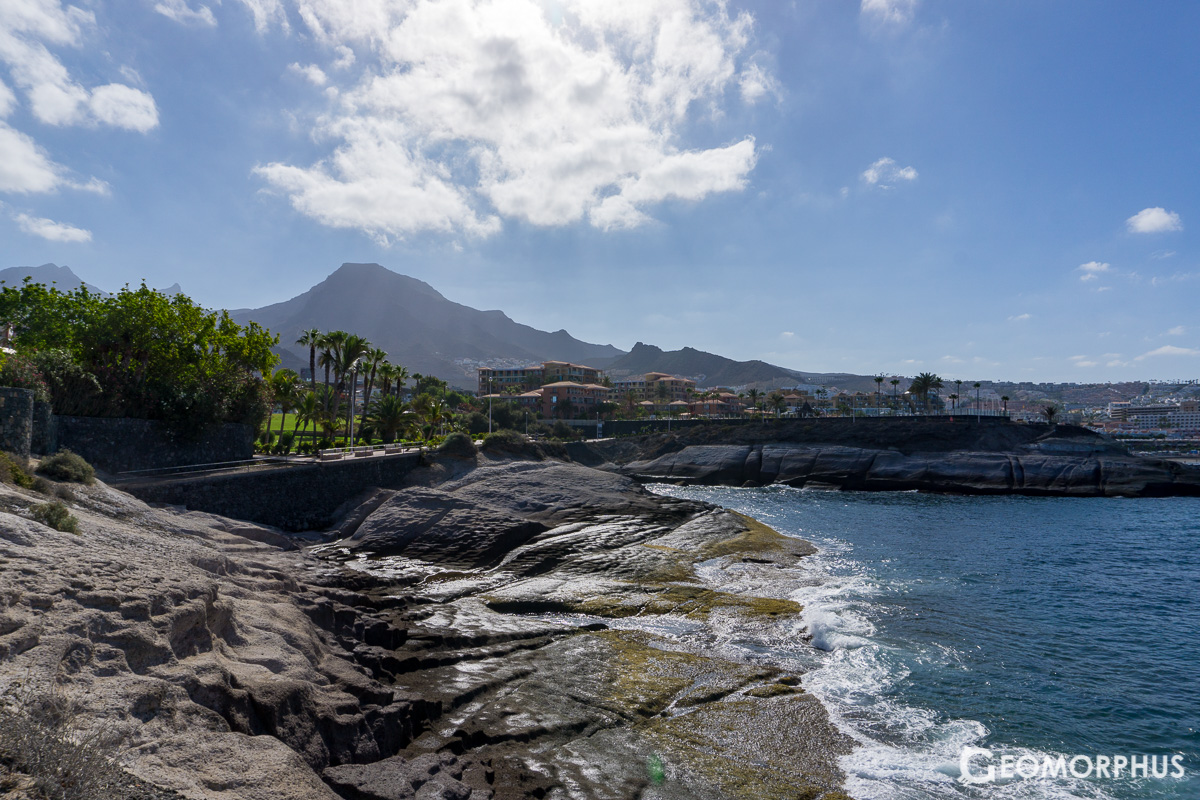
However, it’s what lies above these beaches and lapping waves that makes Tenerife unique, other than being an outstandingly popular tourist hotspot. This is El Teide, the volcano and caldera that tops the island: a UNESCO World Heritage Site and the 3rd highest volcanic structure in the world.
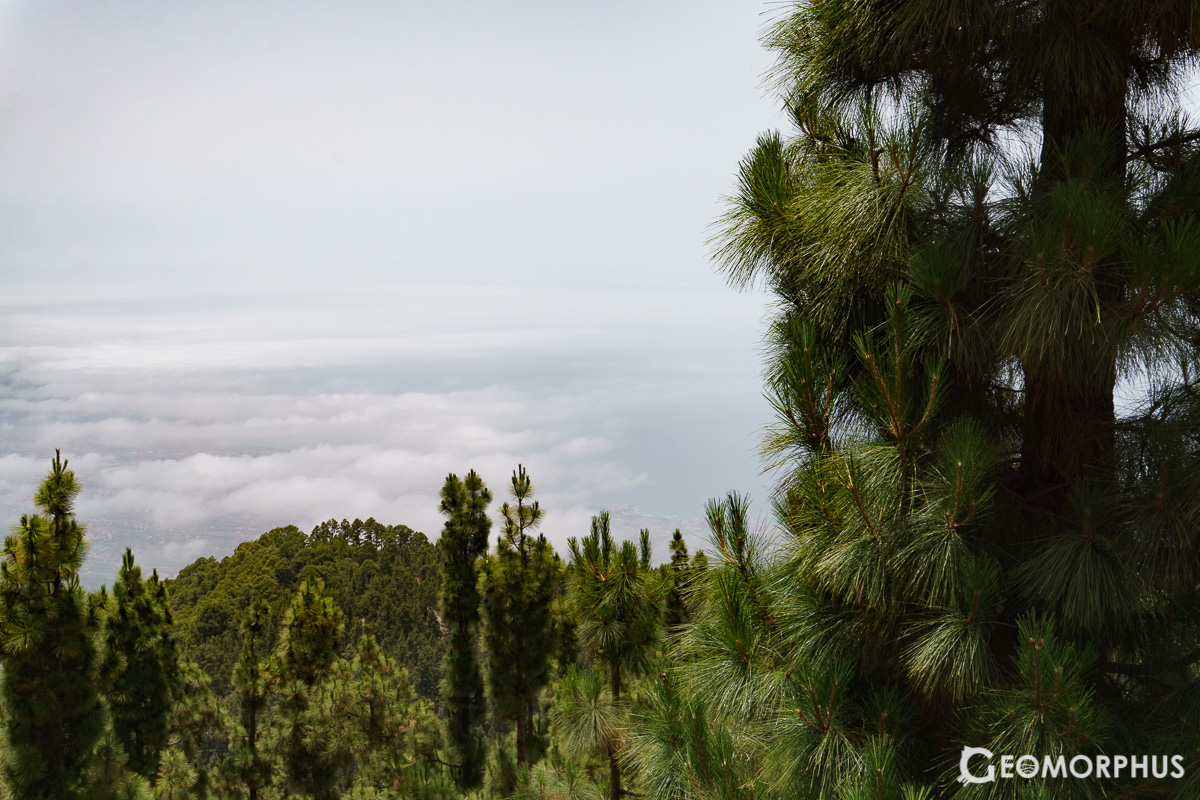
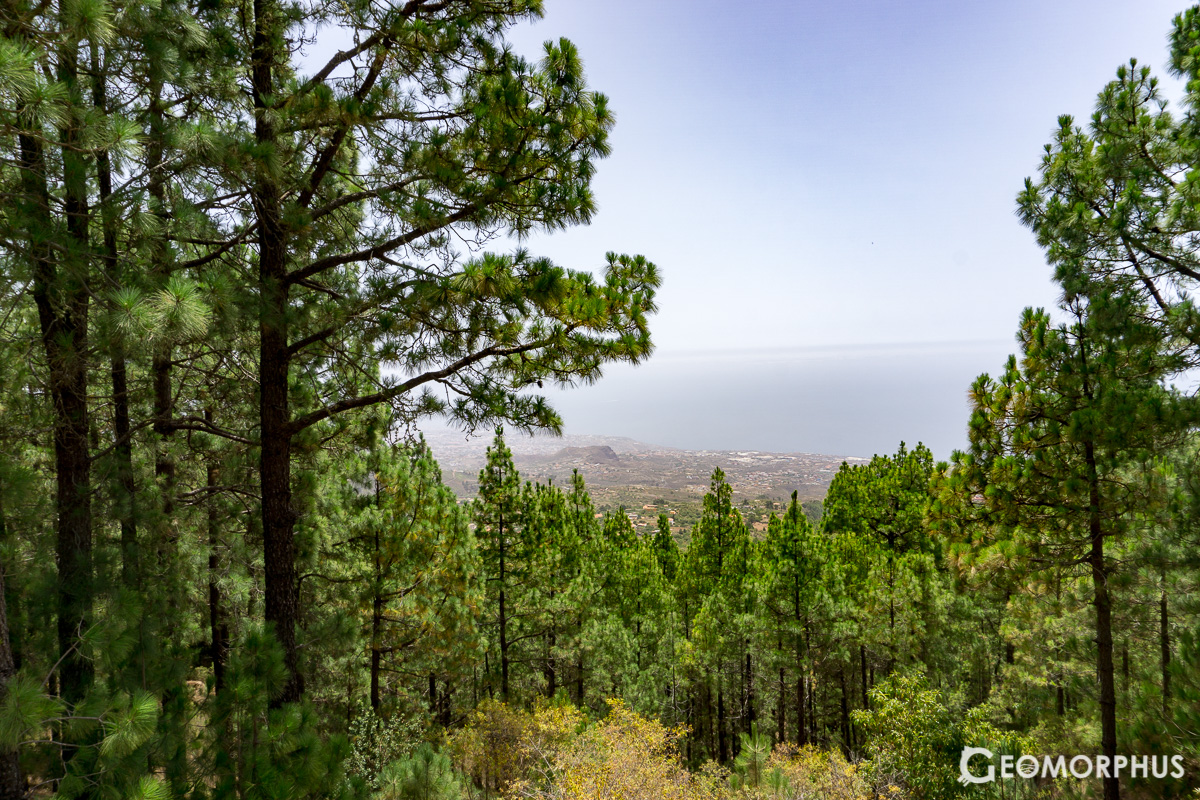
As you head up the northern flank on the winding road through the Las Lagunetas Forest, you greet a rippling rock formation called La Tarta Del Teide. This is a series of solidified volcanic lava flows along the TF-24 road, where ancient lava rivers superimposed their different characteristics and colours to almost resemble almost a ‘cake’ (a stale one at that, given that the flows are centuries or millennia old!).

The black layers of the so called cake are of basaltic picon; the white layers of pumice stone and the reddish layers of basaltic lava that came in contact with oxidizing groundwater.

Further up the mountain, the road breaches the rim of the caldera crater - giving you a brief glimpse of the most visited natural wonder of Spain. To understand the formation of this caldera, and the area as a whole, we must first understand how Tenerife itself developed.
Tenerife was built by the merging of 3 large shield volcanoes to form the bulk of the island as we see it today, built over a period of around 2 or 3 million years of eruptions and erosion. About 200,000 years ago, the summit of Las Cañadas Volcano (which developed on-top of the shield volcanoes) collapsed to form the caldera formation seen today. This collapse likely occurred because of a series of lateral gravitational failures or from the emptying of the shallow magma chambers under the volcano after some particularly explosive eruptions. The stratovolcano of El Teide formed within this caldera, making it the most recent Las Cañadas Volcano to date.
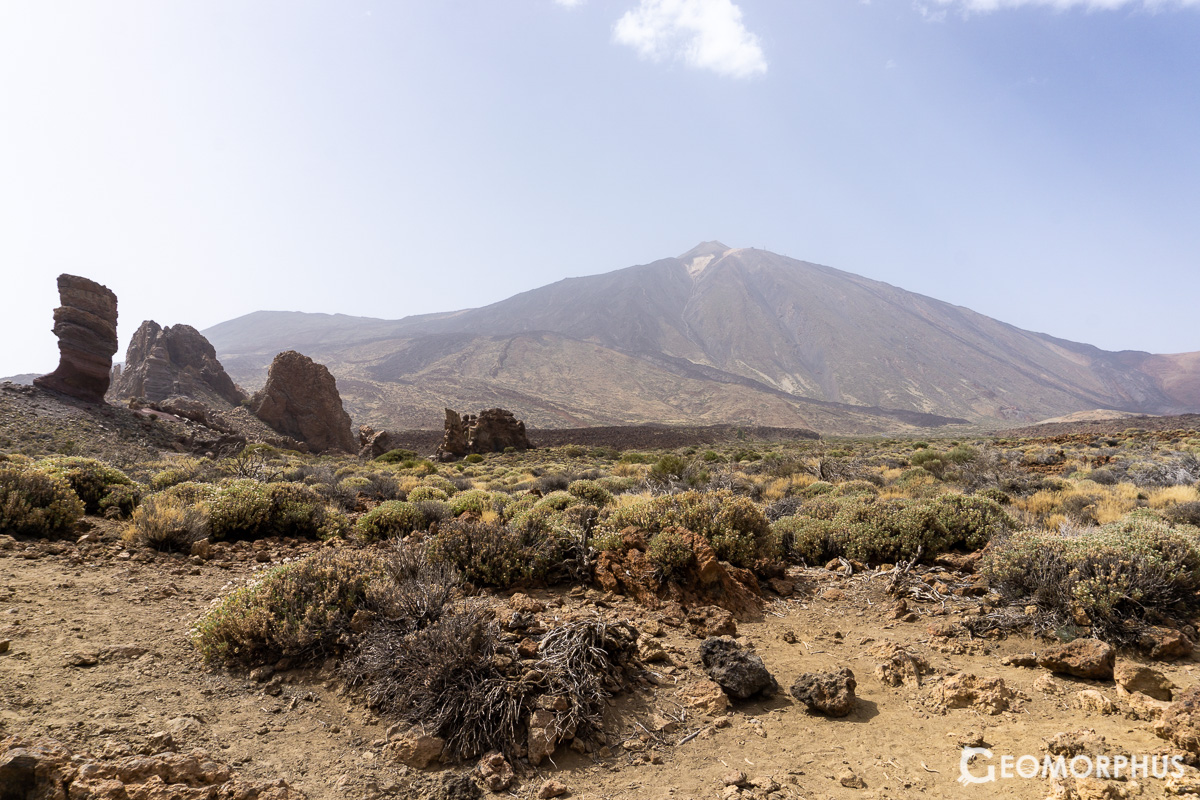



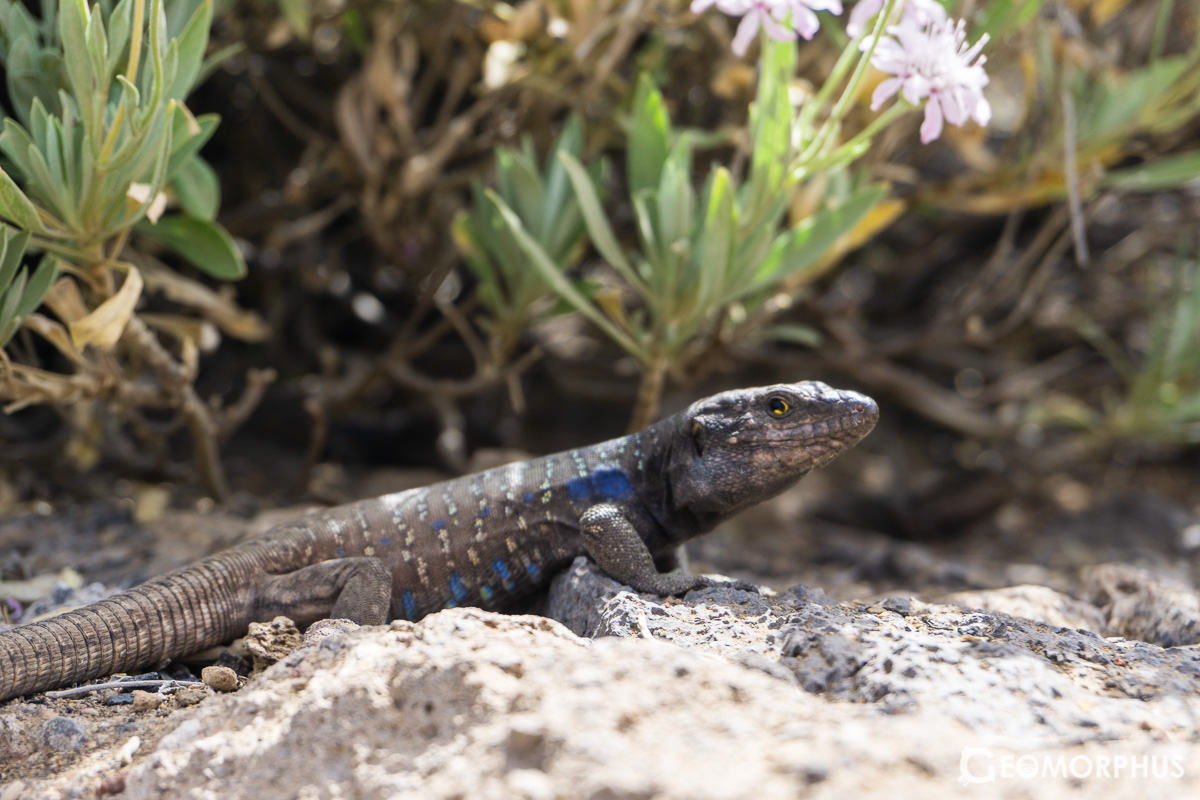
It’s not just the geology of this unique area that piques interest, but also the well-adapted plants and animals that nestle in the rocks. Although the lava flows weathered to a thin soil, the nutrient and mineral density in the volcanic substrate supports a diverse number of plant species. Some of the most well known in the area are the Teide Bugloss (a tall red ‘pyramid’ of flowers) and the Canary Island Walflower (which has white and violet flowers). These plants are well adapted to the tough conditions found up here, dealing especially well with the intensity of sunlight and lack of moisture.
The Tenerife lizard (Gallotia galloti; above right) thrives in the area, scuttling across the undulating rocks and terrain. The males are well marked with distinctive blue stripes on their sides, so keep an eye out for any flashes of blue in the bushes!


The magic continues when you roll off the caldera and onto the beaches in the south of the island. One small attraction are these stacks of rocks (above) on the aptly named Stone Pebble Beach in Costa Adeje. Their origin, I like to think, is a legend shrouded in the waves. Although, they are much more likely to have been constructed by people to form a tourist attraction.
The north of Tenerife also holds some hidden gems, including one of my favourites: the city of San Cristóbal de La Laguna, near the capital of Santa Cruz de Tenerife.
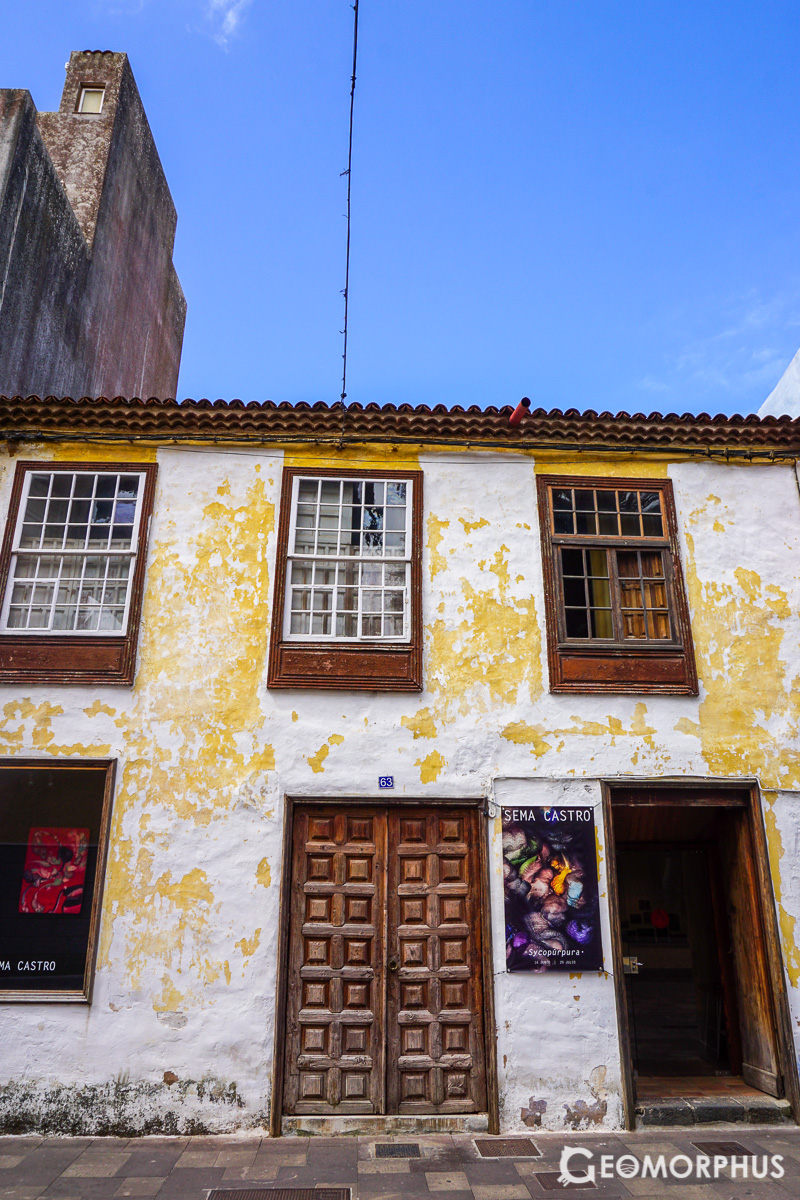
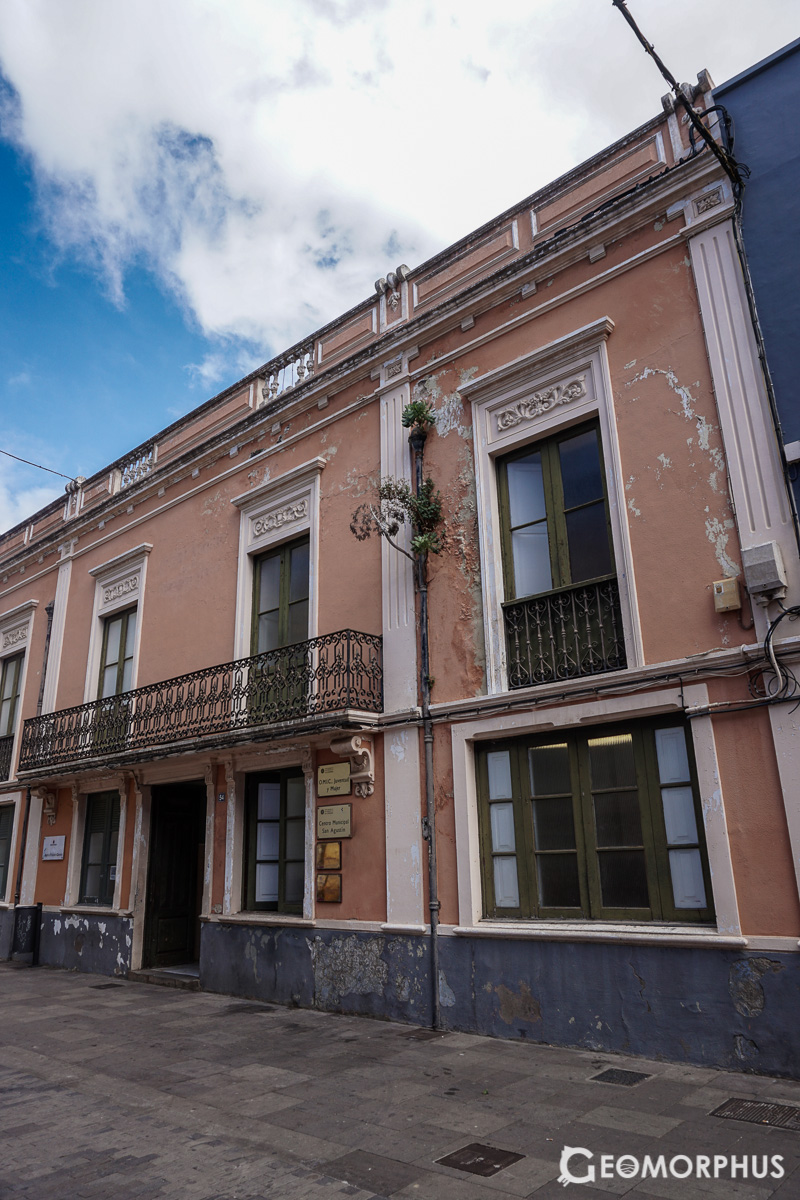
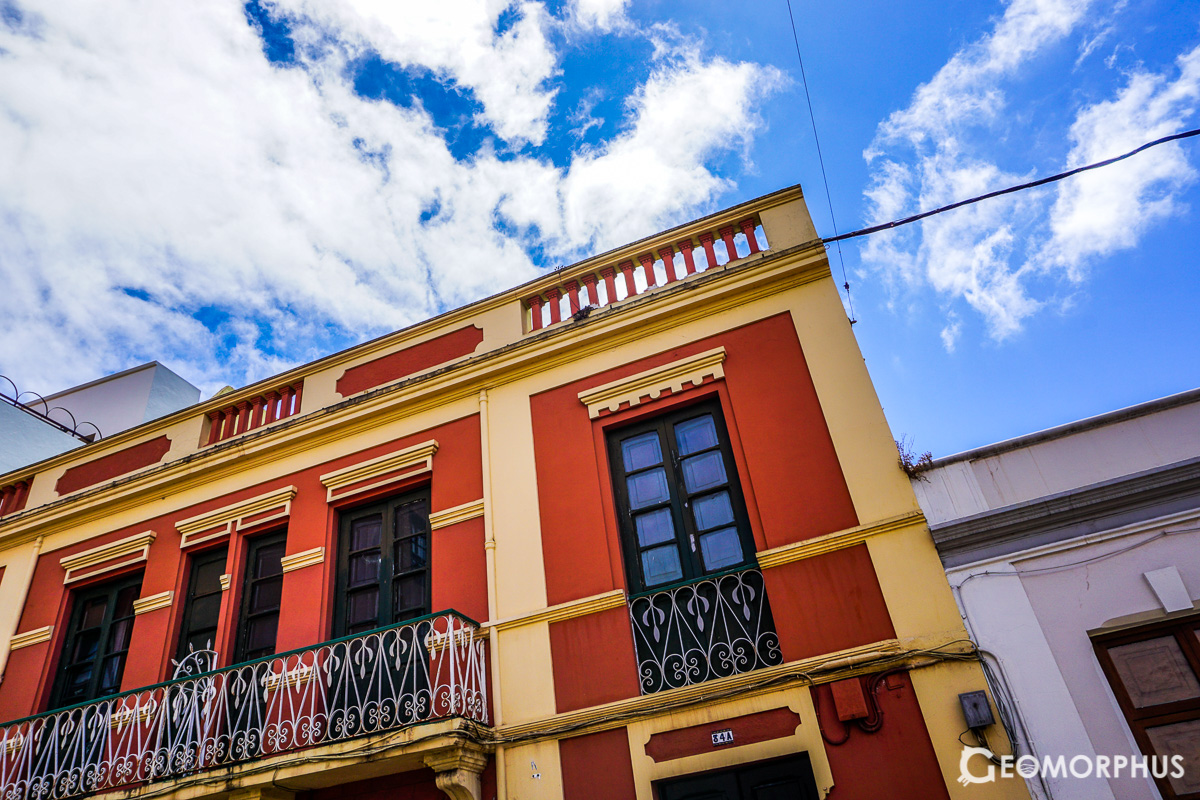
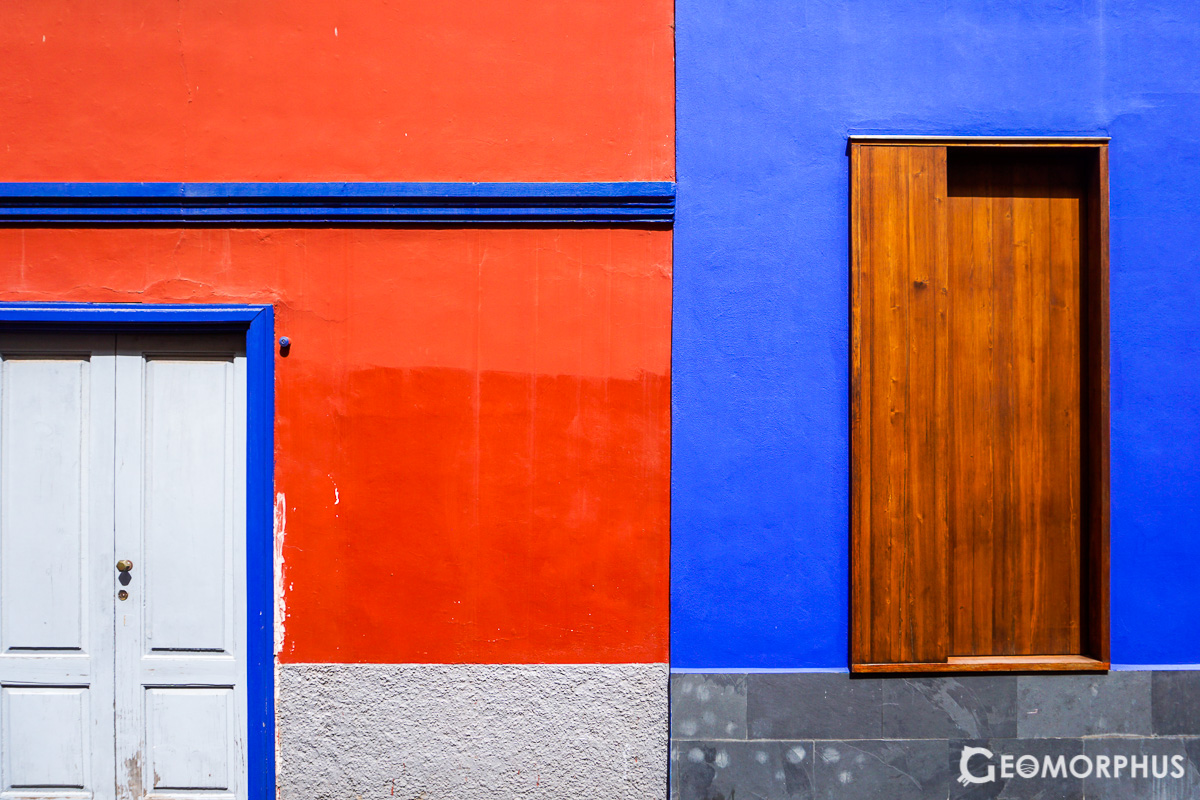
Although it is the 3rd most populous city in the Canary Islands archipelago, and the 2nd most populous of the island, it feels a world away from the tourist masses of the south. Indeed, part of this charm is encapsulated by the city’s historical centre being declared a World Heritage Site by UNESCO, as the ancient capital of the Canary Islands: a capital both politically and culturally.
Oh, and one more thing: if you are ever in search for a sweet treat in La Laguna, my reccomendation is to head to Pastelería La Princesa on Plaza de la Concepción. Look for the big green banner above the door and window, come for the florentine biscuits and stay for the baked cheesecake and amable staff.
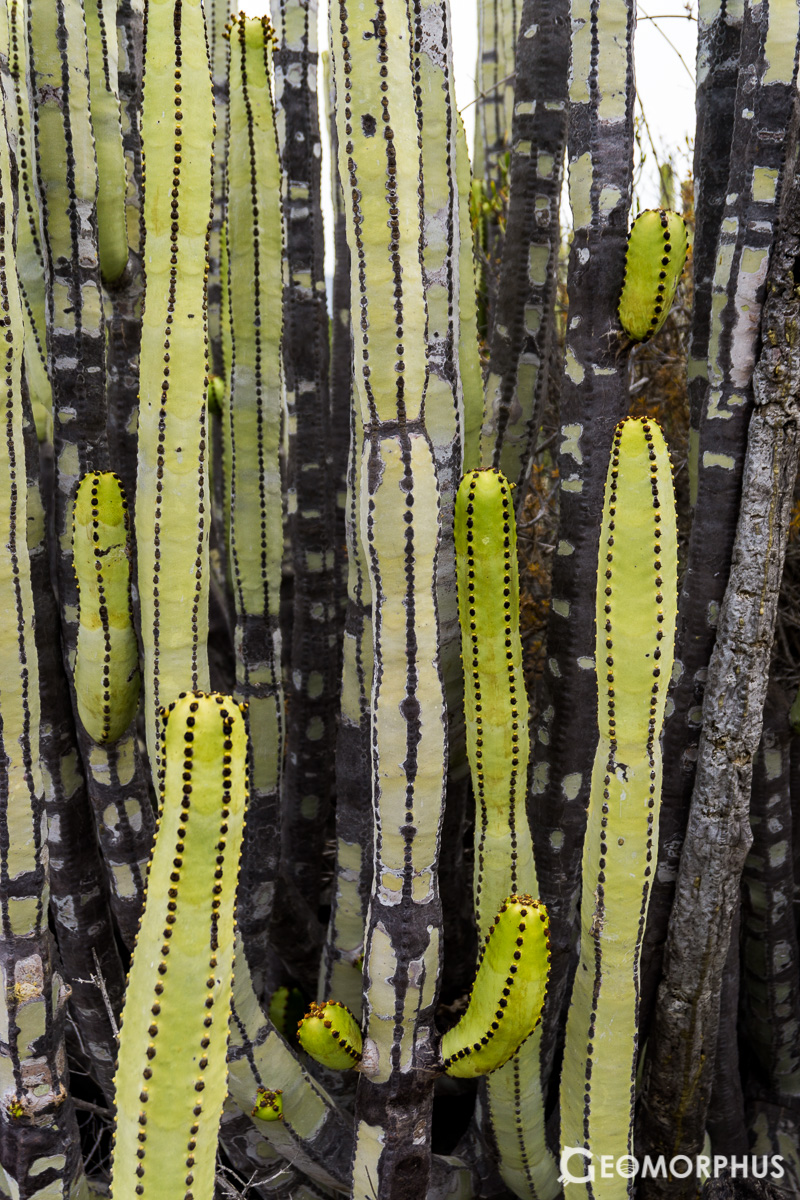
And that’s it for today’s whistle-stop tour of Tenerife: the island where you come for the sun and stay for the truly awesome landscapes.